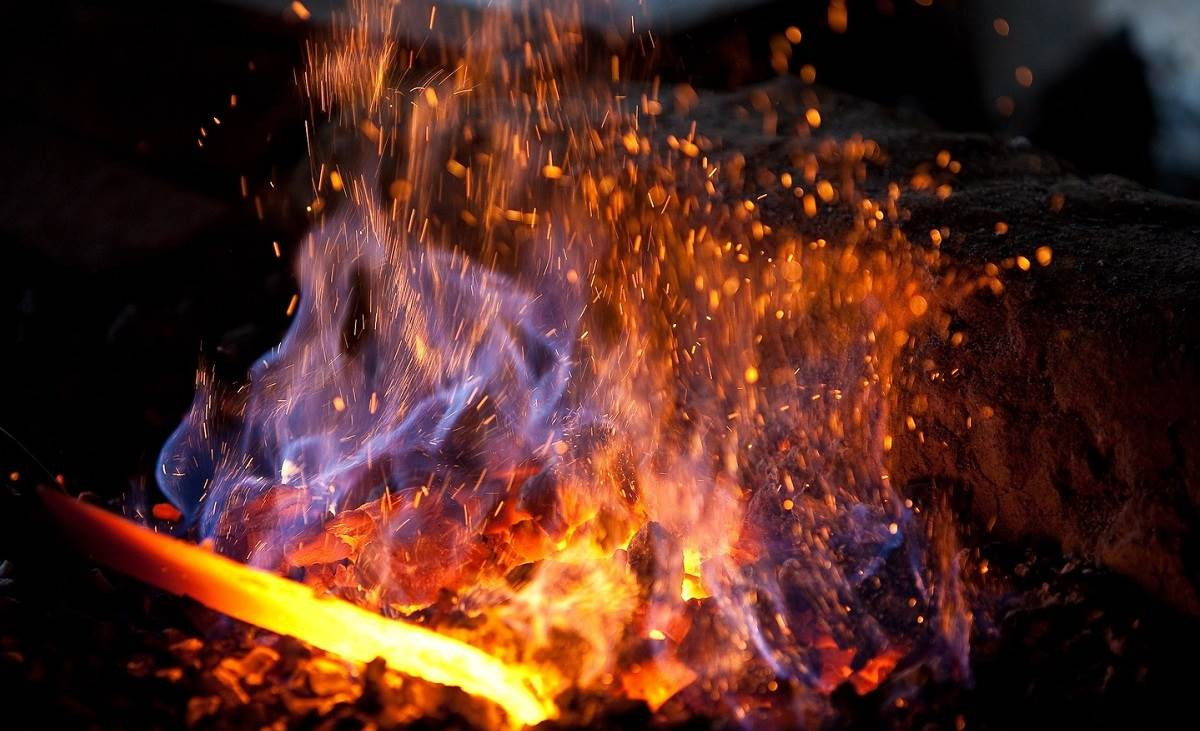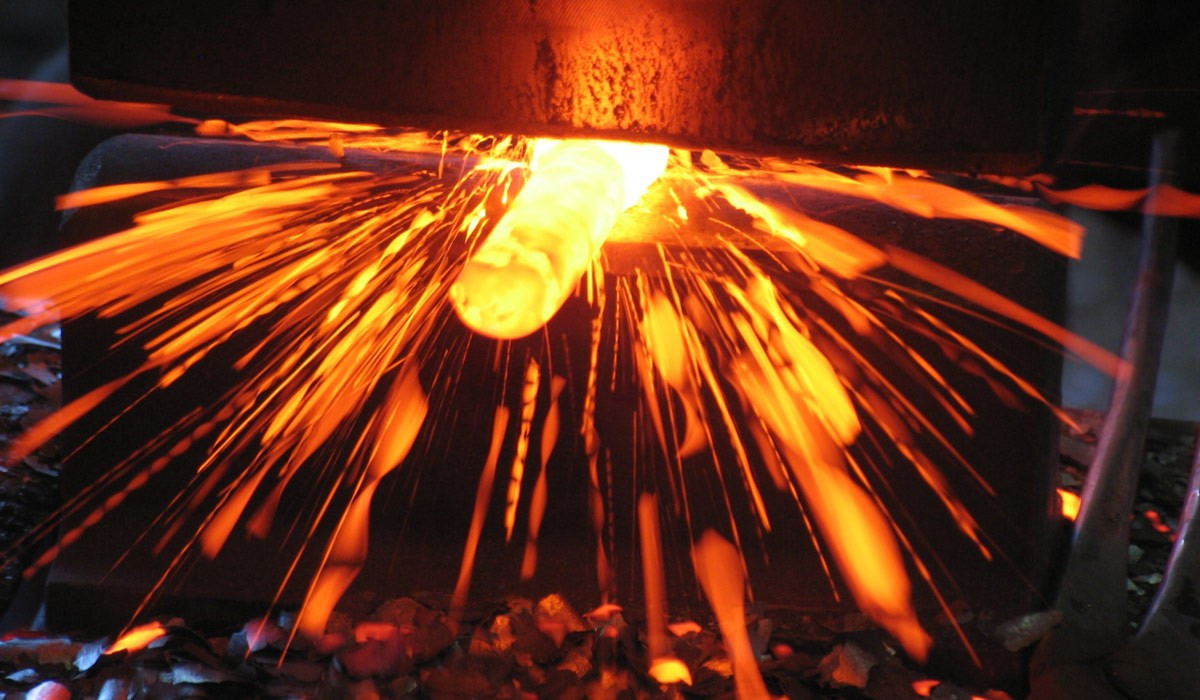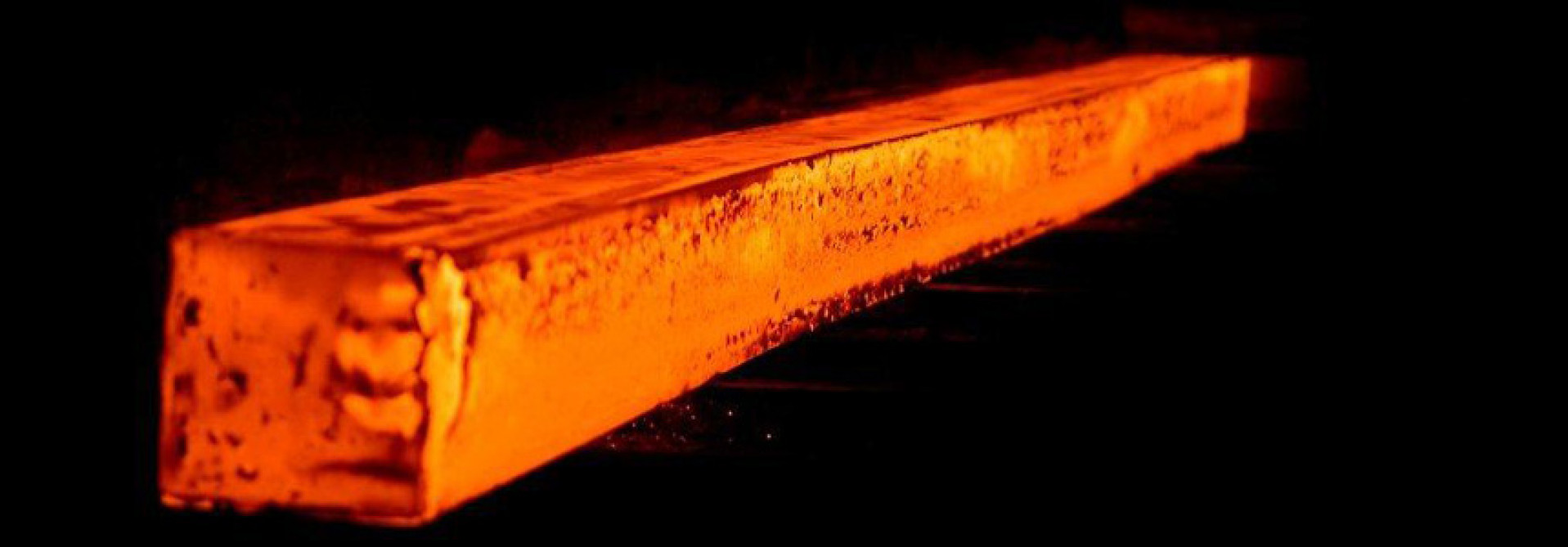Heat treatments
News
The various microstructures that develop during metalworking can be modified through the Heat Treatments that provide controlled heating and cooling at different speeds.
It consists of heating after quenching at a temperature that is higher than the operating temperature of the product. With this procedure it is possible to acquire ductility and resistance at certain temperatures.
Annealing is used to relax the residual stresses in a component with
It allows the product to obtain a greater hardness on the surface than at the heart of the piece.

The various microstructures that develop during metalworking can be modified through the Heat Treatments that provide controlled heating and cooling at different speeds.
These treatments greatly influence the mechanical properties of alloys such as: ductility, durability, toughness and wear resistance.
Hardening:
it consists in heating the product above the austenitizing temperature with a subsequent cooling at a speed higher than the critical hardening temperature. This allows to obtain a structure with a high degree of hardness.
Tempering:
It consists of heating after quenching at a temperature that is higher than the operating temperature of the product. With this procedure it is possible to acquire ductility and resistance at certain temperatures.
The Reclamation is the succession of these two treatments: Tempra and Tempvenimento.
Annealing:
Annealing is used to relax the residual stresses in a component with
the goal of increasing its workability.
Generally involves heating the piece at a certain temperature and slow cooling.
Thermochemical treatments
Carburizing:
It allows the product to obtain a greater hardness on the surface than at the heart of the piece.
The process consists in placing the product at austenitic temperature (from 870 ° C to 950 ° C) and a subsequent hardening in an oven with a carbon-rich atmosphere.
Nitriding:
It consists in heating the steel from 500 ° C to 600 ° C in a nitrogen-rich atmosphere which precipitates in the form of nitrides, hardening the surface of the product. These procedures are usually carried out to make the products more resistant to wear.


